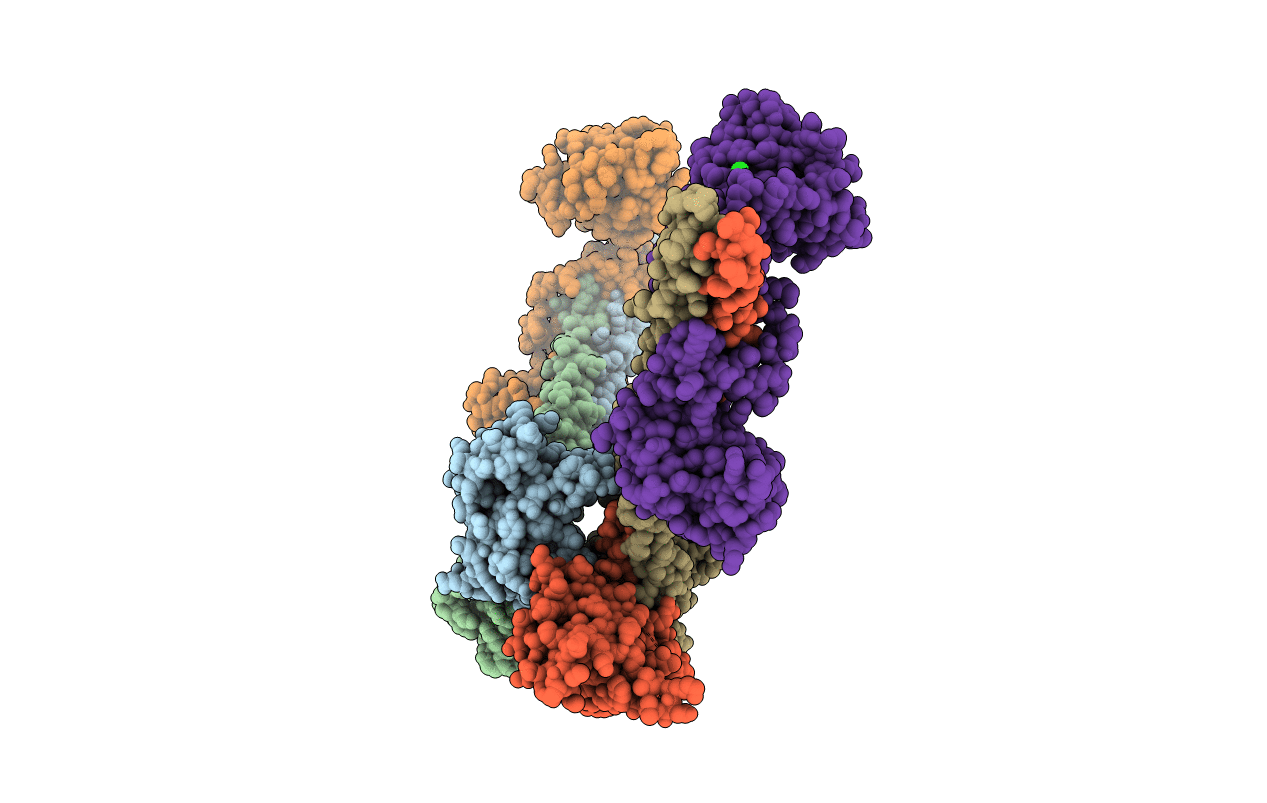
Deposition Date
2009-07-31
Release Date
2009-08-11
Last Version Date
2024-02-21
Entry Detail
PDB ID:
3II6
Keywords:
Title:
Structure of human Xrcc4 in complex with the tandem BRCT domains of DNA LigaseIV.
Biological Source:
Source Organism:
Homo sapiens (Taxon ID: 9606)
Host Organism:
Method Details:
Experimental Method:
Resolution:
2.40 Å
R-Value Free:
0.28
R-Value Work:
0.24
R-Value Observed:
0.24
Space Group:
P 1


